01/9Hina Khan diagnosed with stage 3 breast cancer

Hina Khan’s latest post on being diagnosed at stage 3 of breast cancer has sent waves of shock among her admirers. Hina is a well known face in the entertainment industry and is seen as a fashion icon. Actors and co-stars of Hina Khan took to Instagram to support Hina. "Hina, sending lots of love, healing energies and strength your way! Will pray for your speedy recovery. Stay strong," actor Pooja Gor has replied to her post.
Breast cancer incidence is increasing among younger women, making it extremely necessary for women to opt for timely screening and early detection of the cancer.
02/9Understanding breast cancer in young women


Breast cancer occurs when abnormal cells in the breast grow uncontrollably, forming a tumor. While older age is a significant risk factor, breast cancer can also affect women in their 20s, 30s, and 40s. Young women may face unique challenges in detecting breast cancer early due to lower screening recommendations and less awareness about their individual risk factors. Check for the following early signs of breast cancer for timely medical intervention.
03/9Breast lump or thickening


A noticeable lump or thickened area in the breast or underarm is often the first sign of breast cancer. It may feel different from surrounding tissue and persist over time.
04/9Changes in breast size or shape


Unexplained changes in breast size, shape, or symmetry should be monitored. This includes swelling, shrinkage, or asymmetry that is not related to menstrual cycles.
05/9Breast pain or discomfort


While breast pain is rarely a symptom of breast cancer, any new, persistent pain or discomfort in the breast or nipple should be evaluated by a healthcare provider.
06/9Skin changes


Redness, dimpling, puckering, or scaliness of the breast skin (resembling an orange peel texture) can indicate underlying issues and should be investigated promptly.
07/9Nipple changes


Changes in the appearance of the nipple, such as inversion (turning inward), retraction, or discharge (other than breast milk), should be assessed by a healthcare professional.
08/9Risk factors for breast cancer in young women


A personal or family history of breast cancer, especially with mutations in the BRCA1 or BRCA2 genes, increases the risk. Previous radiation treatment to the chest or breasts, such as for Hodgkin's lymphoma, increases the likelihood of developing breast cancer later in life. Early menstruation (before age 12) or late menopause (after age 55), hormone replacement therapy, and oral contraceptive use can impact breast cancer risk. Obesity, excessive alcohol consumption, and a sedentary lifestyle may contribute to an increased risk of breast cancer.
Kerala govt issues warning against amoebic meningoencephalitis: Know what it is
09/9Self breast examination


Self-breast examination (SBE) is a simple yet important technique that women can perform regularly to detect any changes in their breast tissue. It involves a systematic examination of the breasts to look and feel for any abnormalities, such as lumps, thickening, or changes in size or shape.
To perform it effectively, start by standing in front of a mirror with your arms relaxed at your sides and visually inspect both breasts for any changes in skin texture, nipple position, or swelling. Next, raise one arm and use the opposite hand to gently palpate the breast tissue in a circular motion, covering the entire breast and armpit area. Pay attention to any areas that feel different from the surrounding tissue or are tender.














































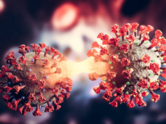

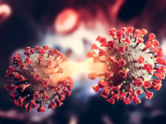










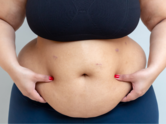









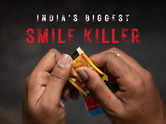






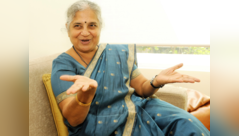

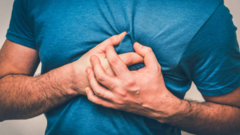

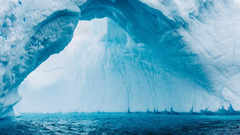
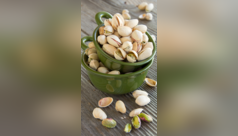
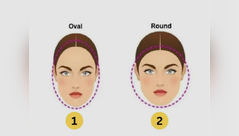






















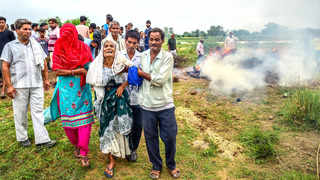



closecomments
SIGN IN WITH
GoogleEmail